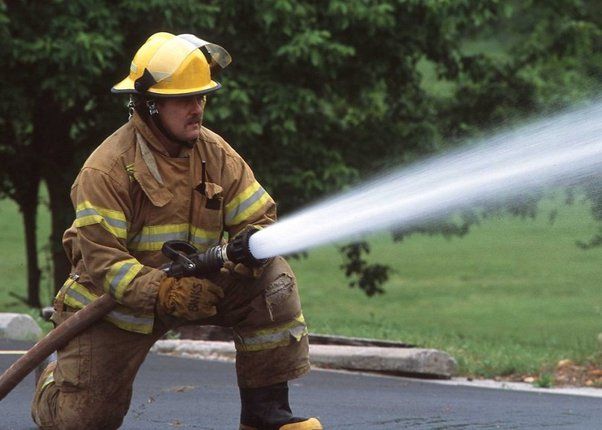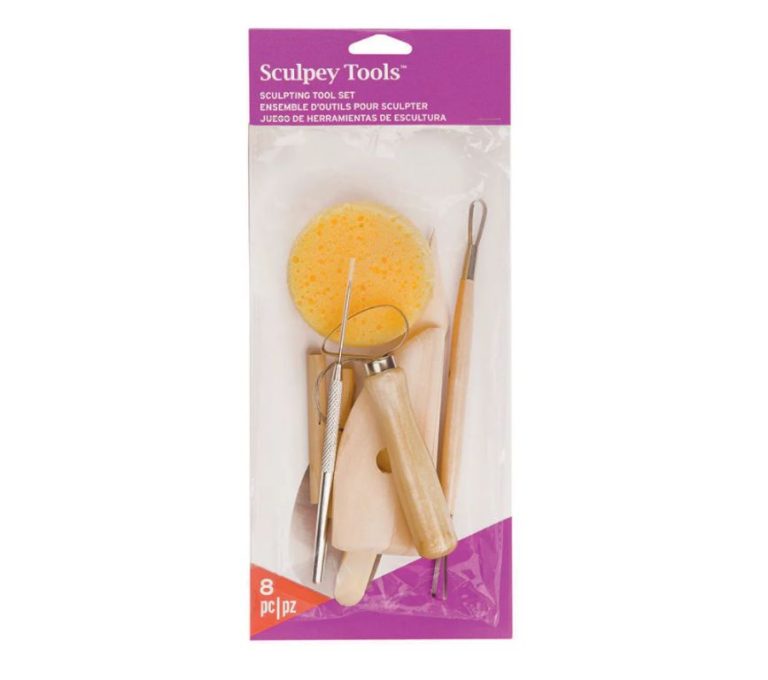Where Is The Best Place To Put An Oven Thermometer?
Why Use an Oven Thermometer
Oven temperatures can often be inaccurate, with the actual temperature varying significantly from the set temperature. This is due to issues like faulty thermostats, door seals not sealing properly, and heating elements degrading over time. An oven thermometer is essential for achieving consistent and accurate baking results.
According to research from Bake Starters, oven thermometers help set your oven to the exact desired temperature. They also maintain that temperature throughout baking. This prevents over or undercooking.
As noted in The Baker’s Almanac, knowing your oven’s true temperature can really help you achieve the right cooking times and perfect results when baking. An oven thermometer provides that accuracy and precision.
Oven Thermometer Types
There are two main types of oven thermometers – analog and digital. Analog oven thermometers are the traditional style with a dial face and pointer that indicates the oven’s current temperature. They work by utilizing the expansion and contraction of a bimetallic coil inside the thermometer as the temperature changes (Source). Analog models are simple, inexpensive and do not require batteries. However, they can be more difficult to read accurately.
Digital oven thermometers use a thermal sensor and digital display to provide a precise, easy-to-read temperature. Many models have a probe on a cord that can be placed inside the oven with a display that sits outside the oven for convenient monitoring (Source). Digital oven thermometers tend to be more accurate than analog options but are typically more expensive and require batteries. They may come with extra features like timers and alarms.
When selecting an oven thermometer, consider your budget, desired features, and how easy you want it to be to read the temperature. Both analog and digital models can help monitor oven accuracy.
Where Not to Place Oven Thermometer
Although an oven thermometer is an essential tool for accurately monitoring the temperature inside your oven, its placement is crucial for getting precise readings. There are some locations in the oven you’ll want to avoid placing the thermometer.
Do not place the oven thermometer on the oven door or walls. The oven door and walls heat up and cool down inconsistently as you open and close the door during cooking. Placing the thermometer in these spots will result in fluctuating, inaccurate temperature readings. According to cooking experts, the oven thermometer probe should not touch any surface of the oven while in use to avoid false readings (https://cook.se/questions/54082/where-to-place-the-oven-thermometer-in-an-oven)
Additionally, avoid putting the thermometer too close to the heating elements. The intense direct heat from the elements can provide drastically different temperature readings from other areas of the oven. For consistent monitoring of the overall oven temperature, the thermometer must be placed away from the door and heating elements.
Best Location – Middle Rack

The best location to place an oven thermometer is in the center of the oven on the middle rack. This allows the thermometer to get an accurate reading of the overall oven temperature. According to Martha Stewart, a thermometer placed in the center of the oven in clear line of sight provides the most accurate measurement.
The middle rack position avoids any hot or cool spots that may exist at the top or bottom of the oven. Heat circulates best at the center, so positioning the thermometer there gives you the optimal oven temperature reading. You want the thermometer mid-way between the top and bottom heating elements. This allows it to avoid direct exposure to the intense heat of the broiler at the top of electric ovens.
Some key benefits of placing the oven thermometer in the center of the middle rack:
- Avoids overheating from top heating element
- Avoids cool spots near oven bottom
- Clear line of sight to easily read dial
- Accurate reading of overall oven temperature
For the most precise results, position the oven thermometer in the center of the oven, facing outwards on the middle rack so you can easily monitor the temperature.
Positioning Tips
Proper positioning of the oven thermometer is key for getting accurate readings. Here are some tips for optimal placement:
Avoid placing the thermometer too close to heating elements. The intense direct heat can provide false high readings. According to Martha Stewart [1], the thermometer should be at least 2 inches from a heating element.
Don’t allow the thermometer stem or dial to touch any metal surfaces like the oven racks or walls. Contact with metal can conduct heat and skew the measurements. Use the hanging or standing options that come with most oven thermometers to prevent contact.
Position the thermometer toward the center of the oven, away from hot and cool spots near the edges. The center placement gives you the best read on the overall average temperature in the oven.
Make sure the thermometer is placed in clear view through the oven window so you can easily read it. Avoid positioning where it will be blocked from sight by dishes or pans.
Double check that the thermometer is not touching anything else inside the oven. Air circulation around the thermometer is important.
Reading the Thermometer
Once the oven thermometer is in place, you’ll need to monitor it and read the temperature. Be sure to read the thermometer at eye level through the oven window to get an accurate reading (Source). Don’t open the oven door if possible, as that can impact the temperature.
Give the oven adequate time to preheat before checking the thermometer – usually 15-20 minutes. Let the oven fully preheat before baking anything. The oven thermometer reading may fluctuate slightly, but should eventually stabilize at a consistent temperature (Source). If the temperature is off from the setting, you can calibrate your oven accordingly.
Monitor the thermometer periodically while baking, especially for longer recipes. Opening the oven door can impact the temperature. If the temperature drops significantly during baking, adjust the oven setting to compensate.
Maintaining the Thermometer
Keeping your oven thermometer clean and calibrated is important for getting accurate temperature readings. Here are some tips for maintaining your oven thermometer:
Cleaning: Over time, oven thermometers can get coated in grease and food splatters. To clean, wash with warm soapy water and a soft cloth or sponge. Avoid abrasive cleaners or scouring pads, as they can scratch the glass lens. For tough grease spots, try a baking soda paste or a mild cleaner like Bar Keepers Friend (1). Rinse and dry thoroughly after cleaning.
Calibrating: Oven thermometers can lose accuracy over time. To test calibration, bring a pot of water to a boil on the stove. Use a separate thermometer to test the water temperature, which should be 212°F (100°C) at sea level. Immerse the oven thermometer tip in the boiling water alongside the separate thermometer. If readings differ by more than a few degrees, the oven thermometer likely needs adjusting. Follow manufacturer instructions for recalibrating the thermometer.
Replacing: If an oven thermometer cannot be adequately cleaned or recalibrated, it’s time to replace it. Oven thermometers subjected to high heat over many years may lose accuracy. Look for a replacement that can withstand high oven temperatures.
Oven Thermometer Recipes
Oven thermometers are extremely useful when baking to ensure food is cooked to the proper internal temperature. Here are some recipes that benefit from using an oven thermometer:
Roasted Chicken with Vegetables (Source): Place an oven thermometer in the thickest part of the chicken breast. Roast the chicken in the oven at 350°F until the thermometer registers 165°F. Using the oven thermometer ensures the chicken is cooked through without overcooking.
Prime Rib Roast (Source): Insert an oven thermometer into the center of a prime rib roast. Roast at 450°F for 15 minutes then reduce heat to 350°F until thermometer reads 135°F for medium-rare doneness. The oven thermometer provides an accurate reading of the roast’s internal temperature.
Baked Salmon: Place the oven thermometer on the middle rack with the salmon. Bake at 400°F until the thermometer reads 140°F and the fish flakes easily with a fork. The oven thermometer verifies the oven’s temperature to prevent under or overcooking the salmon.
Using an oven thermometer for recipes like roasted meats, fish, and poultry ensures your food cooks to a safe internal temperature. Consult a reliable oven thermometer for perfect results every time.
Troubleshooting
If your oven thermometer is giving inaccurate temperature readings, there are a few things you can try to troubleshoot the issue before replacing it.
First, double check that the thermometer is positioned properly in the center of the oven rack without touching the sides or back of the oven. Thermometers placed too close to the edges or walls of the oven may register higher temps.
Next, clean the thermometer stem and probe to remove any food debris or residue that could impact temperature sensing. Use a damp cloth or cotton swab with warm water or rubbing alcohol.
You can also test the thermometer’s accuracy by placing it in boiling water. The thermometer should read 212°F at sea level when submerged in boiling, distilled water. If not, your thermometer may need replacing.
For digital thermometers with a probe and wire lead, inspect the wire and probe connection point to ensure a tight fit. Loose connections can cause intermittent or inaccurate temps.
If the thermometer face, dial or display is damaged or cracked, replacement is needed. Issues like broken glass, foggy digits, worn calibration markings or flickering/dead displays indicate a broken thermometer.
As a last resort, replacing your oven thermometer with a new, accurate model from a kitchen supply store is recommended if inaccurate readings persist. Select an oven-safe model rated for your oven’s max temperature.
Oven Thermometer Recommendations
When shopping for an oven thermometer, there are a few key features to look for:
- Easy to read display – Digital or dial displays that are clear and simple to read at a glance are ideal.
- Wide temperature range – Look for a thermometer with a range between at least 100-500°F to accommodate most home oven uses.
- Sturdy design – The thermometer should be durable to withstand high oven temperatures over time.
- Accuracy – An accurate thermometer within 2-3 degrees is best to properly gauge oven temperature.
Based on expert testing and reviews, here are top oven thermometer picks (2):
- KT Thermo Oven Thermometer – This digital thermometer is easy to read and very accurate within 1-2 degrees. It has a wide range of 58-572°F.
- Rubbermaid Commercial Stainless Steel Oven Monitoring Thermometer – This analog dial thermometer has a simple design and is very durable. It has a range of 100-600°F.
Look for an oven thermometer with clear temperature markings and sturdy hanging or standing construction. Getting a thermometer that can accurately read oven temperature is key for proper cooking and baking.





